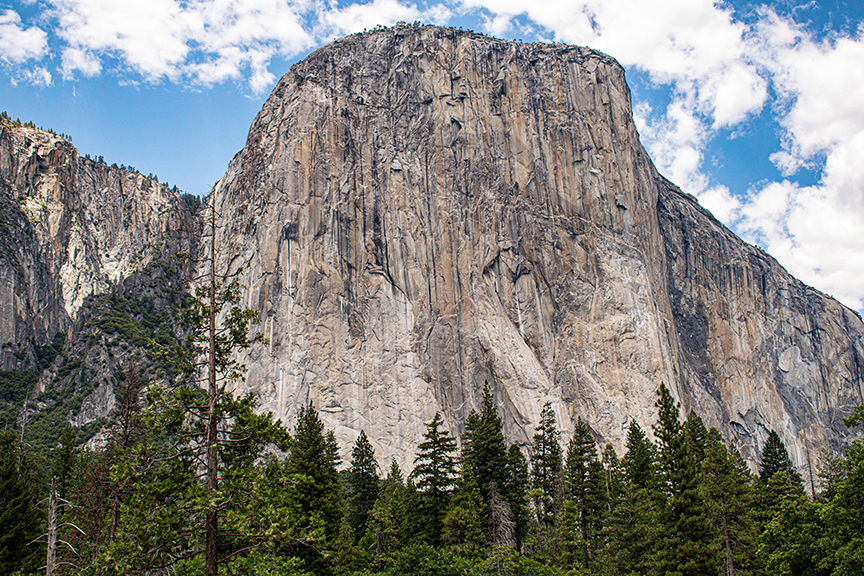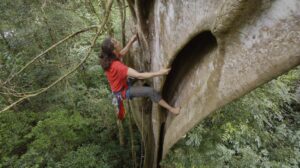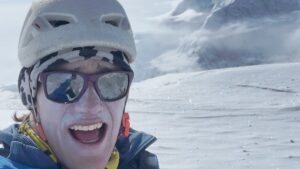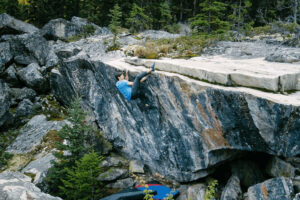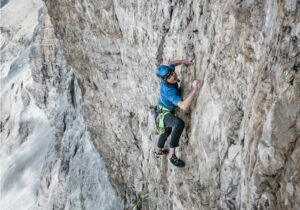Babsi Zangerl climbed Freerider (VI, 5.13a) on El Capitan in Yosemite this past weekend, reaching the top of the 1,000m-tall formation without falling on the first attempt. Reaching the top of a climbing route in this manner is called a “flash.”
Zangerl’s flash is the first on one of the most famous climbing cliffs. Zangerl, 36, of Austria is one of the best all-around rock climbers on Earth, notching ascents across bouldering, sport climbing, trad single pitch, trad multipitch, and big wall routes. She was supported by her long-time partner and equally talented Jacopo Larcher on the historic ascent.
A brief history of flash attempts on El Capitan
In 2012, British climber Leo Houlding nearly onsighted (climbing a route from the ground up without falling on the first attempt, without any prior knowledge or ever seeing anyone else climb it) Freerider, only taking a single fall.
Then his compatriot Pete Whittaker flashed Freerider in 2014, but his ascent has a few asterisks. Whittaker fell while attempting the Huber variation of the route on his third day. He “saved” his flash attempt by taking the Teflon Corner, essentially detouring around the section where he fell.
Zangerl’s Freerider flash is the first “clean” attempt.
German brothers Alexander and Thomas Huber established Freerider in 1998. It gained notoriety in 2017 due to Alex Honnold’s successful solo ascent (no rope), highlighted in the movie Free Solo.
Larcher nearly flashes Freerider
This article first appeared on GearJunkie.
